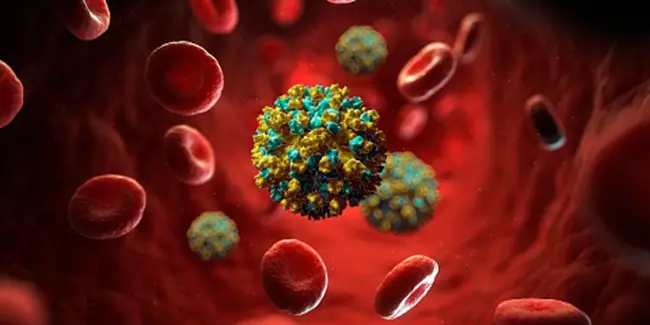Hepatitis E virus
One of the common virus responsible for liver diseases in human beings is Hepatitis E Virus (HEV). These days with increase in food and water contamination several chronic and acute liver diseases have also increased.
Table of Contents
Therefore, easiest method of isolation of the most common virus responsible for liver malfunction is of vital importance. In total there are four strains genotype 1, genotype 2, genotype 3, genotype 4. Among them first two that is genotype 1 and genotype 2 are responsible for human infection. They are fatal sometimes especially for pregnant women.

Several cell lines (mostly hepatocytes) have already been developed previously for HEV propagation and biological activity study, but production of HEV in these cell lines is suboptimal.
 |
 |
Therefore, a method was developed by S. Lin and colleagues recently from clinical HEV fecal specimens and published in Current Protocols in Microbiology in February 2018. They cultured the clinical specimens, isolated and propagated HEV and then quantified HEV RNA by RT-qPCR.
This protocol about HEV can be of great help for those researchers who are involved in various research activities on isolation and production of Hepatitis E virus.
Lin, S., Yang, L., & Zhang, Y.-J. (2018). Hepatitis E virus: Isolation, propagation, and quantification. Current Protocols in Microbiology,48, 15L.1.1–15L.1.15. doi: 10.1002/cpmc.50
Also Read:
- Common mistakes that we do while writing laboratory reports
- Graduation in Food Science: An Overview
- Top 50 Research Topics of Microbiology
- Top 50 Latest Research Topics in Molecular Biology
- Top Research Topics in Environmental Microbiology
- Differential Media for Different Microorganisms
- Analyzing Culture of Microbial Community in Various Environmental Sample by Statistically Analyzing DNA Extraction
- CRISPR/Cas9 genome editing that helps in targeting human hematopoietic stem cells
🔴 Would you like to attempt Labmonk Daily quiz? Click here
🔵 Check out Jobs & Exam Notices. Labmonk Notice Board
🔴 Labmonk Scholarships. Click here
🔵 Labmonk. Click here
🔴 Do you need notes? Click here
Watch Career related videos on Youtube: Watch now !!

